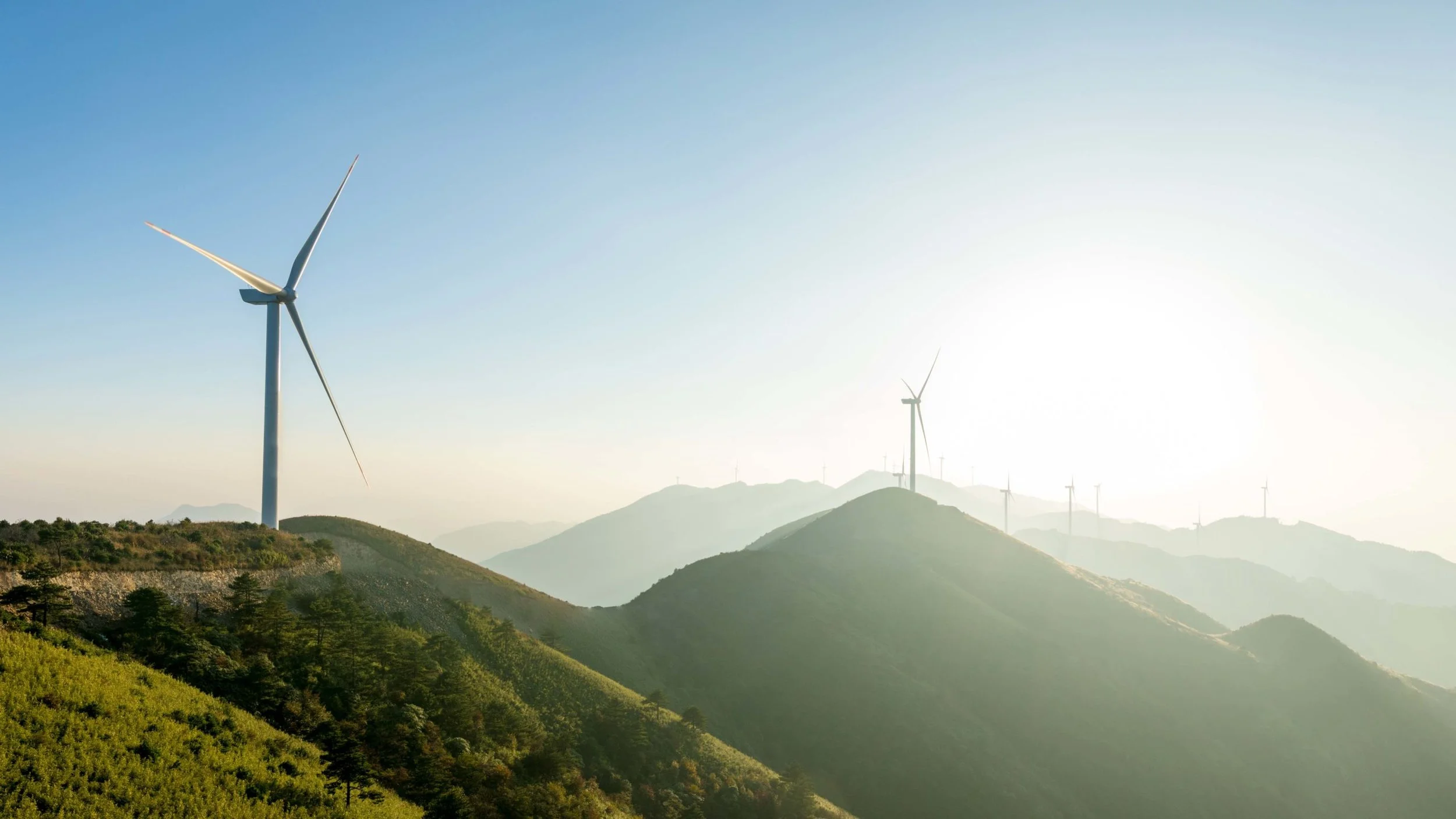Net zero explained
Source: Stephen Wehr & Matt Beck · BULLFROG POWER · | April 12, 2022
By the end of 2021, countries responsible for nearly 80% of global GDP will have pledged net-zero emissions by 2050 — or, in the case of China and Brazil, 2060. One-fifth of the world’s largest corporations have set net-zero targets, and that figure is expected to grow exponentially. Many leading companies and organizations here in Canada have made similar pledges, which can be found on Canada’s Net-zero Leaderboard.
Want to know more about all things net zero? Look no further.
What is the difference between a carbon-neutral and a net-zero target?
In a word, none.
Until recently, carbon neutral was the term we used to refer to a goal that balanced (1) the carbon emissions an organization produces with (2) activities that reduce or offset its emissions, so the net result is zero. Net zero is an equivalent term that has gained popularity in recent years, in part because it is used in the Paris Agreement, an international treaty on climate change that was adopted in 2015.
Are all net-zero or carbon-neutral targets created equally?
No. Currently, these targets can be based on different timelines and include different types of emissions – for instance, many companies do not yet include scope 3 (value chain) emissions, which are associated with supply chains and how products and services are distributed and used.
There’s some good news, though: the Science Based Target Initiative (SBTi ), which is a partnership between CDP, the United Nations Global Compact, World Resources Institute (WRI) and the World Wildlife Fund (WWF), is working on a science-based standard for net-zero target setting. Having a global standard will make it easier for investors, customers, and other stakeholders to compare and differentiate between companies.

